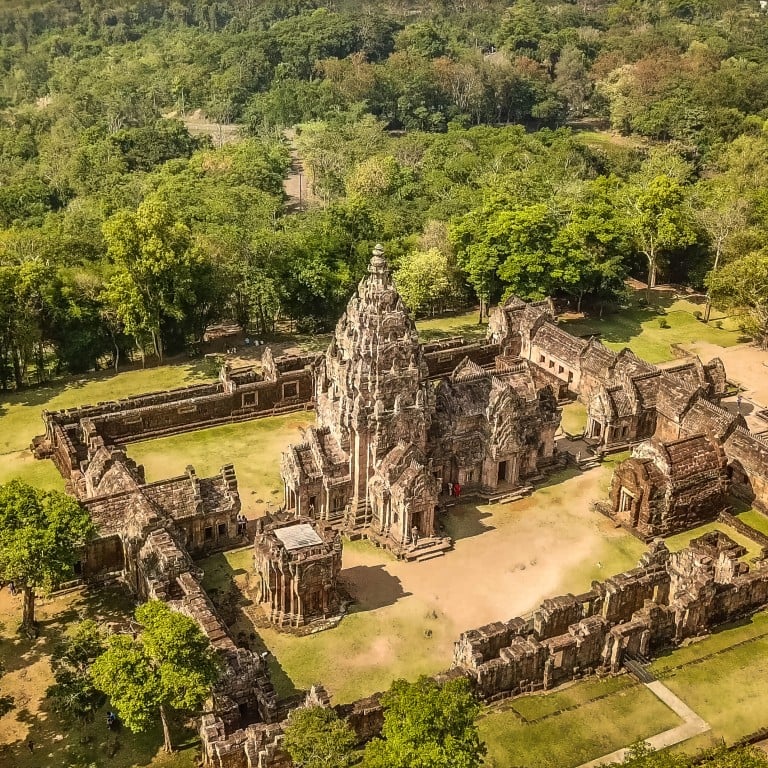
Isaan, Thailand: the good and the bad – Khmer temples, dinosaur fossils and vibrant festivals, but unhealthy food, air pollution and deadly fireworks
- Isaan in northeast Thailand has ancient Khmer temples, waterfalls, the Mekong River, dinosaur fossils and festivals where home-made bamboo rockets are launched
- DIY fireworks can kill, though. Other downsides to the sparsely populated region include food high in salt and, in spring, smoke from farmers burning stubble
If you’ve been to Thailand, the chances are you’ve met people from Isaan without realising it. The hotel receptionist in Phuket, the tuk-tuk driver in Chiang Mai, the bartender in Hua Hin or the masseuse in Koh Samui could all be from the region that borders Laos and the Mekong River to the north and east, and Cambodia to the south.
Isaan is mostly populated by ethnically Lao people and has much in common with its neighbour from historical, linguistic and cultural standpoints. But despite making up a third of Thailand’s land area, its 20 provinces are overlooked by most tourists.
Parts of Isaan provide a glimpse of Thailand from another era. Water buffaloes toil in emerald paddy fields and rickshaw drivers pedal housewives to rustic markets bursting with freshly picked produce.
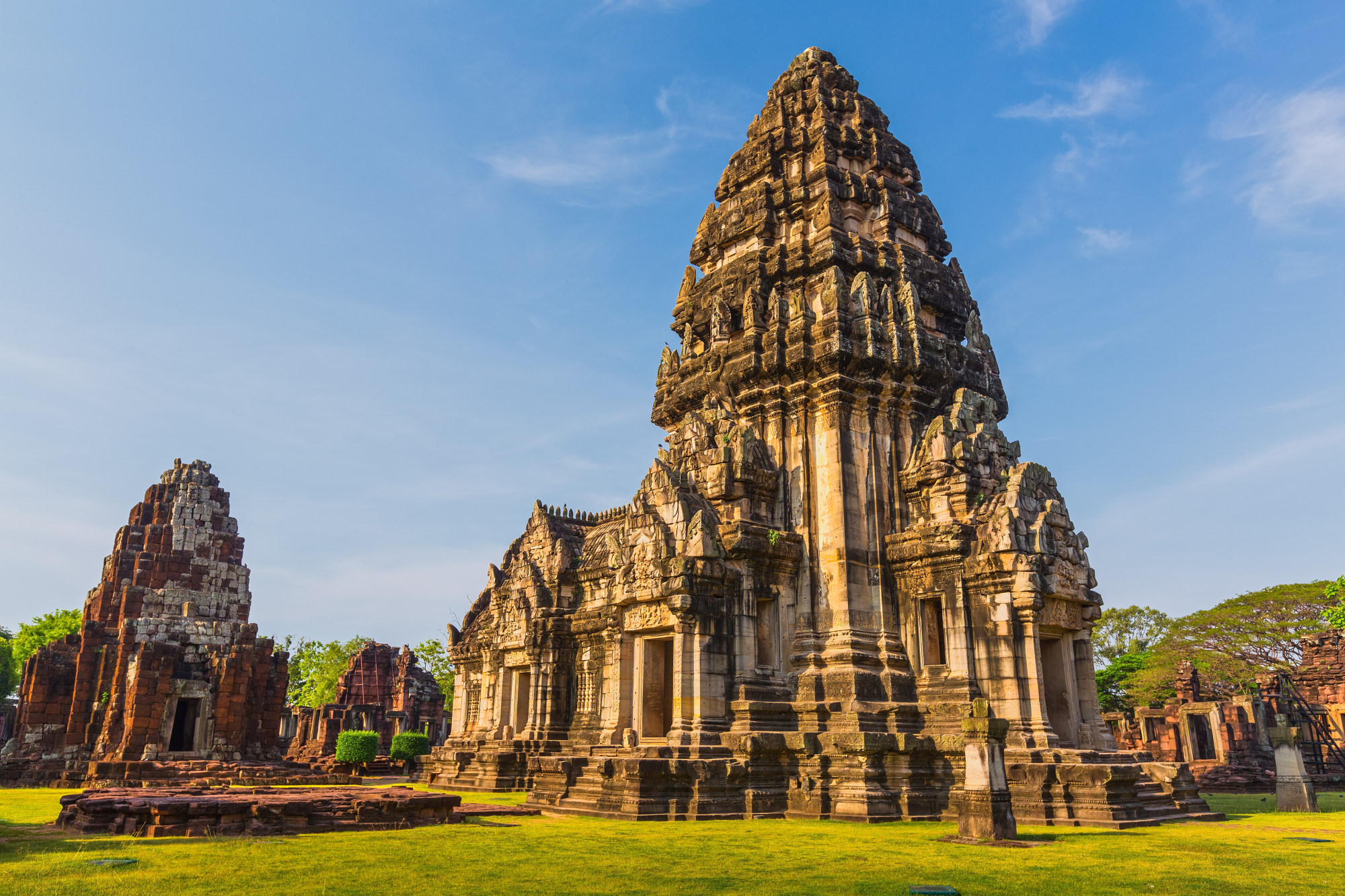
Women still practise the art of silk weaving on traditional handlooms and although some Thais working in holiday destinations are becoming jaded by the onslaught of tourists, the hospitality and genuine warmth of Isaan people sets them apart.
Why first Lonely Planet Thailand guide author fell in love with the country
They date back to the 10th and 11th centuries, respectively, when the region was an important outpost of the Khmer Empire.
Phanom Rung sits atop an extinct volcano and its temple gates are aligned so that the sun’s rays penetrate the sacred inner sanctuary during solar equinoxes.
Phimai, meanwhile, is on Unesco’s tentative list for future inclusion as a World Heritage site, and visitors who come to admire the restored ruins also marvel at Sai Ngam, at 350 years old Thailand’s oldest and largest banyan tree.
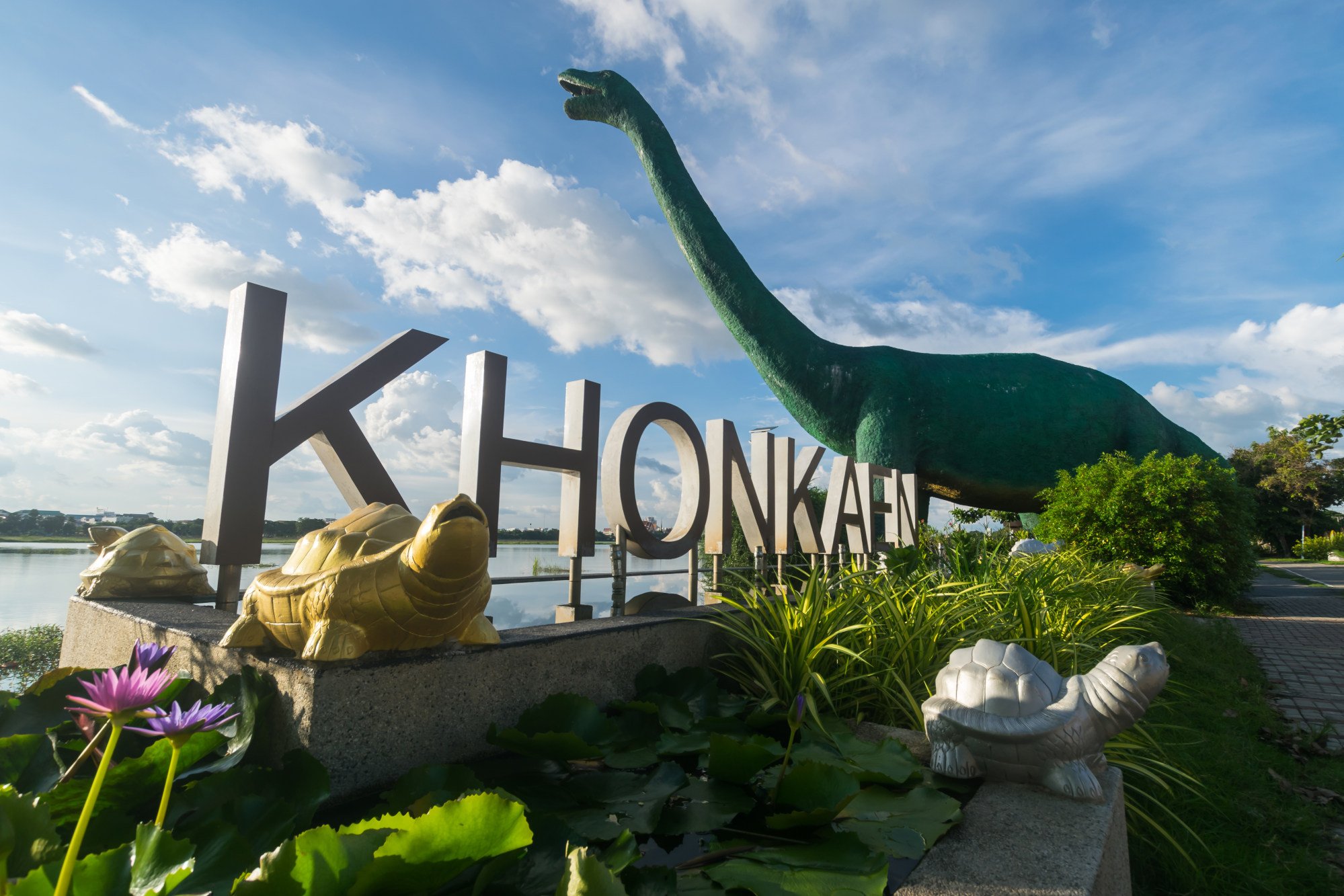
From Phimai, it’s a two-hour drive to Khon Kaen. The province is dubbed “the heart of dinosaur country” after several significant paleontological discoveries were made in the Phu Wiang Hills.
Dino devotees delve into the region’s prehistoric past at the Phu Wiang Dinosaur Museum, where exhibits include well-preserved fossils of creatures that once roamed the area.
At full moon each May, towns and villages throughout Isaan stage rocket festivals, which involve wannabe aeronautical engineers launching nine-metre (30ft) bamboo bongs into the sky.
‘It has just exploded’: Thailand train blogger’s exciting journey
The idea is for the DIY projectiles to pierce clouds and usher in the wet season rains. Most rockets blast off without incident but a few fizz in unexpected directions.
Entrants seek to impress judges who rank flights by distance, beauty of vapour trail and height attained – a pilot once claimed to have spotted a home-made missile at an altitude of 6km (19,700 ft).

During the Naga Fireball Festival, which is celebrated at the end of Vassa, or Buddhist Lent, thousands of glowing red orbs emerge from the water and float upwards before dissolving.
According to local legend, the fireballs are caused by the breath of a fearsome serpent, called a naga, who lives in the river. Scientists suspect the pyrotechnic display is due to methane exploding when it comes into contact with oxygen (although it is not clear why they are in their most volatile state at just one specific time of the year).
Decide for yourself if you are in the region – the week-long festival begins on October 29.
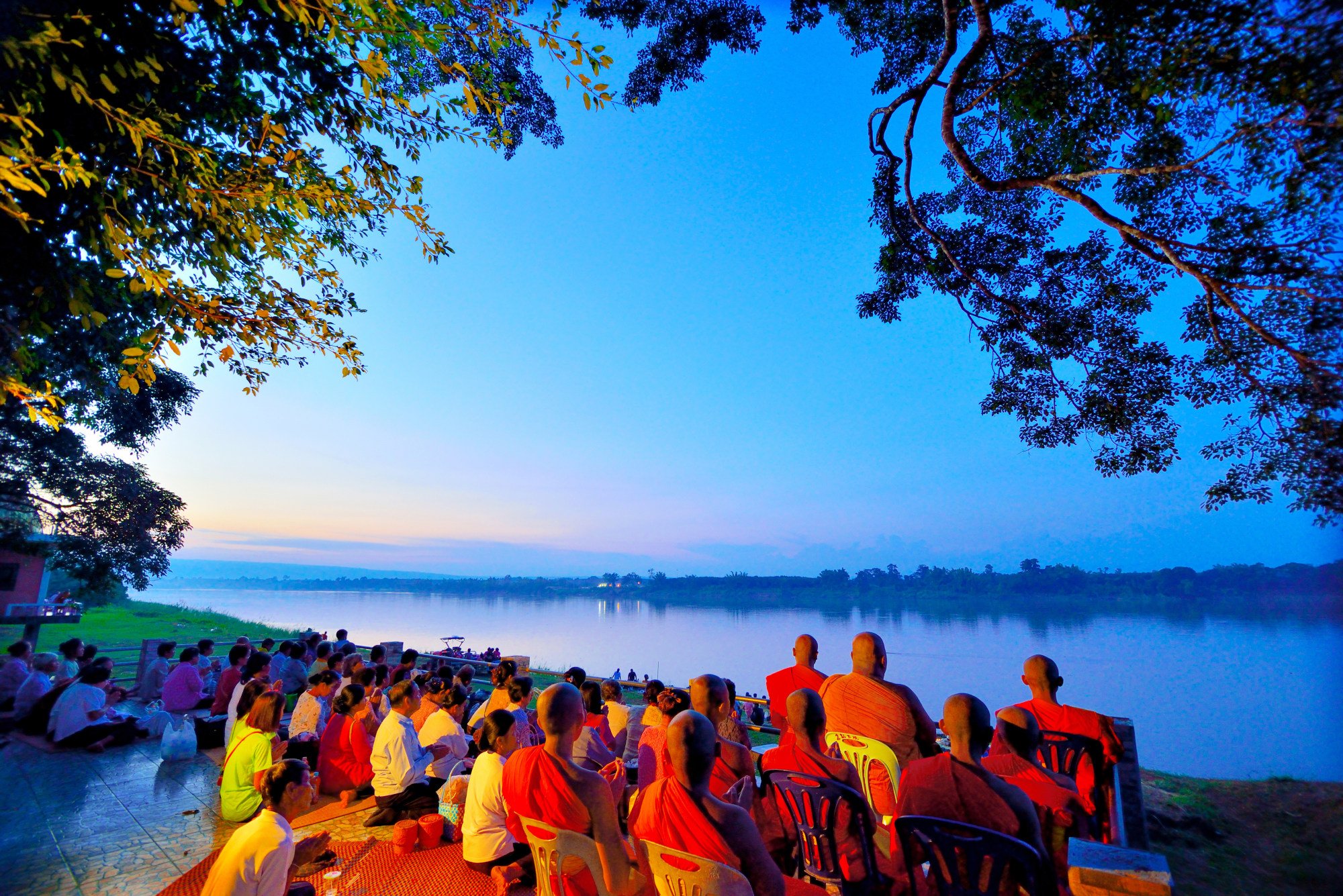
For a scenically rewarding alternative to rockets and fireballs, hire a car and follow the majestic Mekong as it winds its way around Isaan.
Surrounded by rice paddies, picturesque Nong Khai town lies across the river from Laos, while visitors to Ubon Ratchathani will discover sandy riverine beaches, prehistoric cave paintings and beautiful waterfalls.
As the rainy season draws to a close in November, savvy travellers make their way to Amnat Charoen to watch villages compete against each other in Isaan-style dragon boat races.
Experts said it was impossible, but couple restore old Bangkok stilt home
Bamboo-shoot curry and tom saap, a comforting hot and sour soup, are also believed to have originated in Isaan. Then there is sticky rice, which is sometimes paired with mango and coconut milk to create a diabetes-inducing dessert.
Unhealthy food, unsafe fireworks
Talking of which, Isaan people prioritise taste and flavour over health considerations, resulting in meals that are usually high in sodium and sugar.
Many dishes are overseasoned with fish sauce, soy sauce and salt, while sugar is ladled into “healthy” fruit shakes and other desserts. And while Time is right to celebrate the region’s culinary prowess, be warned – Isaan food comes with enough chilli to blow your head off.
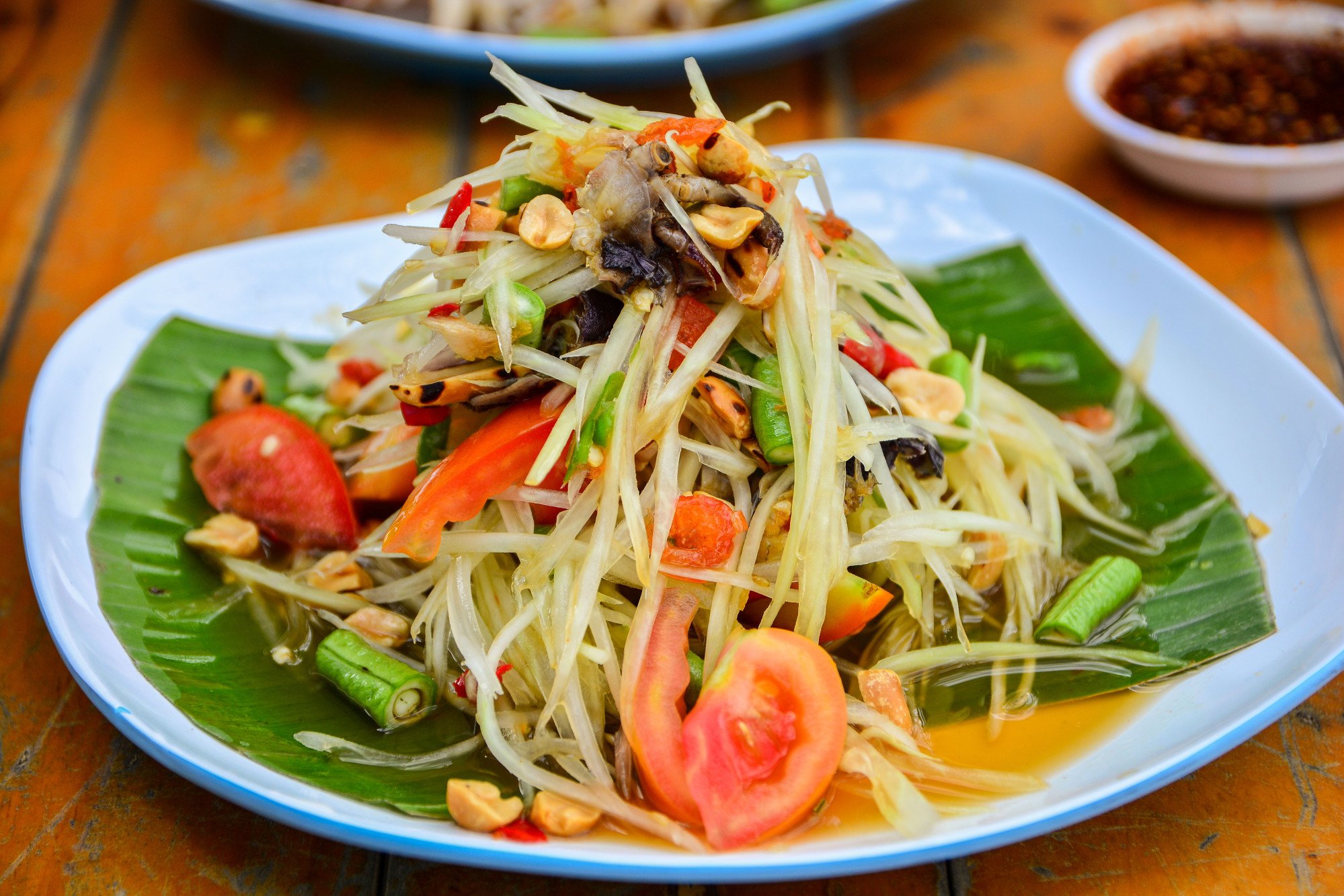
The reason about 2 million people leave northeastern Thailand each year to seek work elsewhere in the country is because there are few employment opportunities at home.
The Isaan region is Thailand’s poorest – those who are unwilling or unable to seek work elsewhere in the country are primarily engaged in agriculture, a thankless task as the soil is often unproductive and the climate hot and dry. Flooding and droughts occur with predictable frequency.
Rocket festivals – Isaan’s version of a rain dance – have been responsible for a number of accidents due to misfiring or exploding projectiles, leading to injuries and, occasionally, fatalities. Be sure to stand well back, however tempting it might be to take close-up photos.
The Thai town fast gaining a name as a great weekend break from Bangkok
As noted, the Naga Fireball Festival draws large crowds, but regular old lightning causes more injury and death. There are few places to hide when rain clouds roll across Isaan’s flat farmlands and every year, several farmers (as well as livestock) are killed by bolts out of the blue.
Admittedly, adverse farming conditions and the improbable odds of being struck by lightning aren’t likely to be an issue for the average tourist, but Isaan’s vast size could be.
The region covers an area larger than England and Wales, which means distances between sightseeing attractions are considerable and the landscape can become monotonous. In addition, roads aren’t always in good condition, so travel usually takes longer.
As mentioned, for the best of the scenery, don’t stray too far from the Mekong.
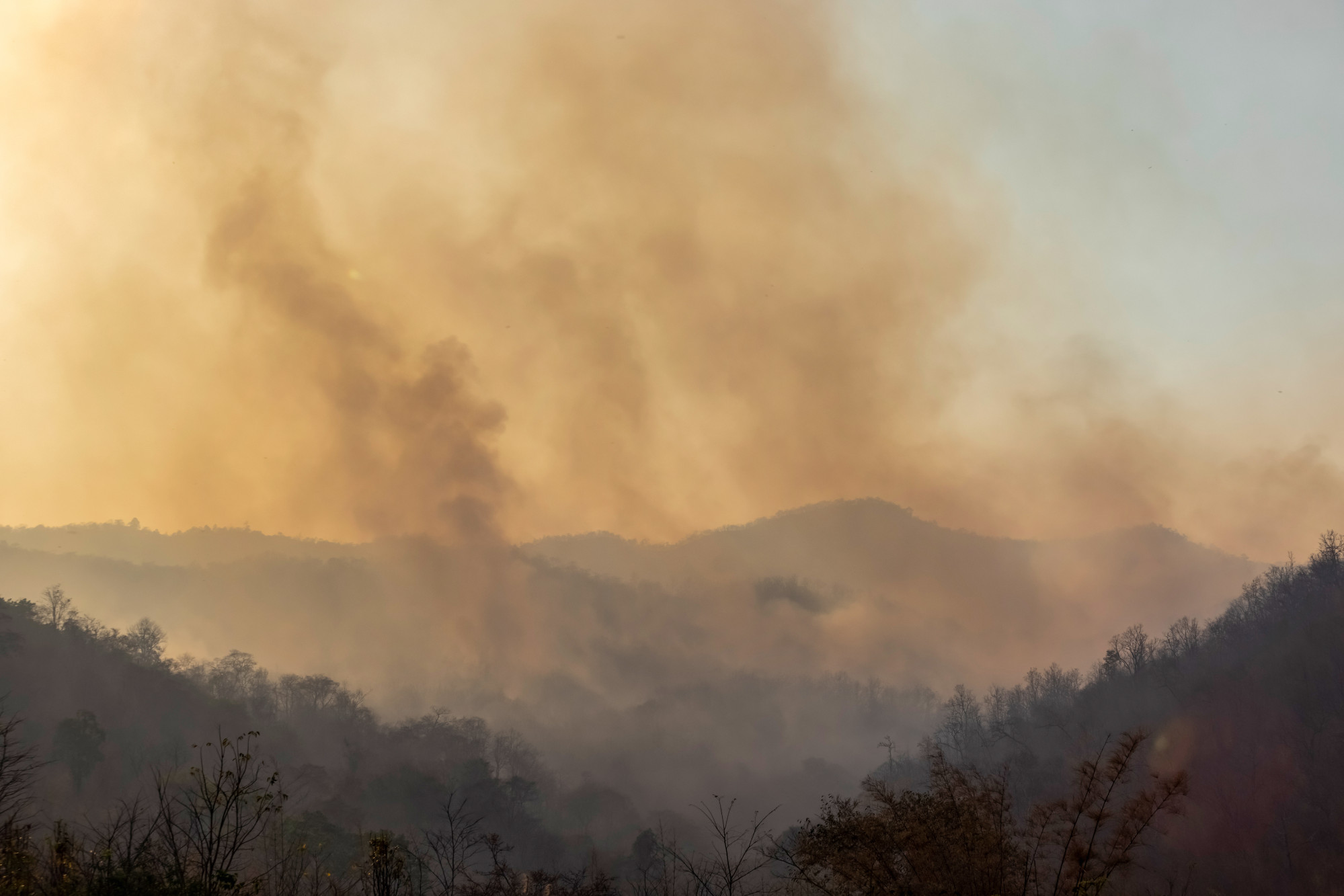
A polluted paradise
In Isaan, the extent of the problem is especially hard to quantify as most of its provinces lack pollution monitoring systems.

